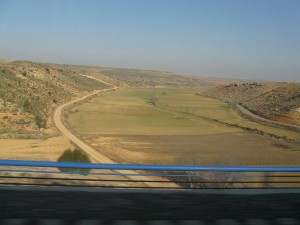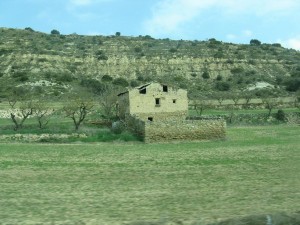Fact versus belief… The Search for Root Cause
(5/5/2009)
In my work as an engineer, I troubleshoot customer hardware and software design all day. In that line of work, opinion and a whole list of other social niceties take a back seat to fact and the scientific method. The search for a failure’s root cause is the primary goal of an engineer like me and it doesn’t provide any room for opinion.
I want to start with two quotes that illustrate my point.
On the meaning of San Diego
| Ron Burgundy: Discovered by the Germans in 1904, they named it San Diego, which of course in German means a whale’s vagina.
Veronica Corningstone: No, there’s no way that’s correct. Ron Burgundy: I’m sorry, I was trying to impress you. I don’t know what it means. I’ll be honest, I don’t think anyone knows what it means anymore. Scholars maintain that the translation was lost hundreds of years ago. Veronica Corningstone: Doesn’t it mean Saint Diego? Ron Burgundy: No. No. Veronica Corningstone: No, that’s – that’s what it means. Really. Ron Burgundy: Agree to disagree. |
Math Impressions
| “Instead of having ‘answers’ on a math test, they should just call them ‘impressions,’ and if you got a different ‘impression,’ so what, can’t we all be brothers?” ~SNL’s Jack Handey |
What is Fact?
In the most basic sense, a scientific fact is an objective and verifiable observation; in contrast with a hypothesis or theory, which is intended to explain or interpret facts. Factual accuracy is not forgiving or understanding of our feelings.
- Consensus does not create fact
- Repetition does not create fact
- Compromise does not create fact
- Emotional overtures do not create fact
- Civility or the lack of it does not create fact
Let me create a hypothetical demonstration to illustrate the above points:
A 747 is flying over the Atlantic when the copilot runs to the bathroom at the back of the plane. While he is gone, the pilot has a heart attack and dies at the controls leaving the plane descending towards the ocean.
FACT: Without a pilot the plane will crash.
The failure of consensus – The copilot rushes back towards the cockpit when a passenger named Joe stands up and proclaims that God will save them. All the other passenger’s agree and block the copilot from getting to the cockpit.
The failure of repetition – The copilot asks the crowd to move so he can regain control of the plane. Joe repeats that God will save them and the rest of the passengers repeat it as well continuing to bar the copilot from the cockpit
The failure of compromise – The pilot asks the crowd to move again. Joe agrees to a compromise and lets him halfway through the cabin but not all the way to the cockpit.
The failure of emotional overtures – Seeking to make the copilot understand Joe picks up a baby and, with tears in his eyes, explain that God loves them all and couldn’t possibly let a bad thing like a plane crash happen.
The failure of civility – The copilot finally screams, “Get the Hell out of my way you stupid moron!! This plane is crashing!!” Joe and the other passengers are shocked at his outburst and Joe replies “I think your bad manners have proved my point.” and the other passengers all nod together right before they crash into the ocean.
While compromise, consensus, and civility are all wonderful things when dealing with other people, none of these makes any difference when attempting to establish factual accuracy. (If these things did make a difference with regards to facts, the clients I work with wouldn’t need me.)
Keep in mind that proposing a bogus theory isn’t bad science. In fact, it is great science provided that you objectively test and verify the result. Bad science is clinging to a bogus theory after the facts have shown it to be incorrect. Once we go there, it becomes a belief system and we get to file for tax exempt status as a church.
To bring this back into my everyday life, once you can identify the root cause you can proceed to a solution, but all the wishing and arguing in the world won’t solve the problem without addressing the facts.










